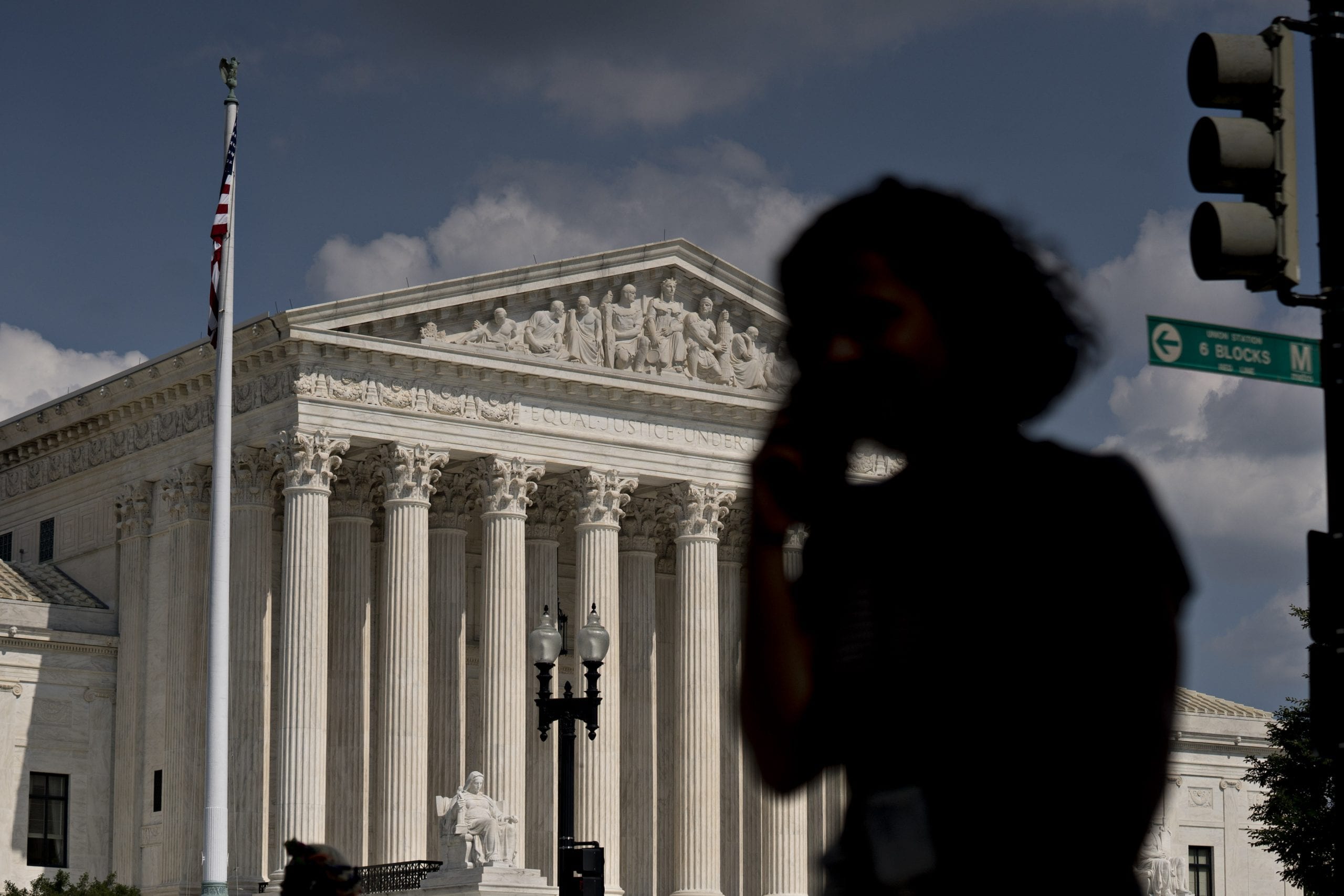What is an example of a liquid changing to a gas?
What is an example of a liquid changing to a gas?
Examples of Liquid to Gas (Vaporization) Water to steam – Water is vaporized when it is boiled on the stove to cook some pasta, and much of it forms into a thick steam. Water evaporates – Water evaporates from a puddle or a pool during a hot summer’s day.
Which phase change turns a liquid into a gas?
vaporization
vaporization, conversion of a substance from the liquid or solid phase into the gaseous (vapour) phase. If conditions allow the formation of vapour bubbles within a liquid, the vaporization process is called boiling.
Is heating a liquid to change it to gas?
When a liquid is heated, the particles are given more energy. They start to move faster and further apart. At a certain temperature, the particles break free of one another and the liquid turns to gas. This is the boiling point.
What happens to molecules when liquid changes to gas?
When a liquid changes to gas, the particles absorb heat energy and they start vibrating faster and distance between them increases. On constant vibration, intermolecular forces decrease and particles start moving away from each other and change to gas.
What is the phase transition from liquid to gas called?
Phase Transition: Liquid to Gas. Vaporization of a sample of liquid is a phase transition from the liquid phase to the gas phase. There are two types of vaporization: evaporation and boiling. Evaporation occurs at temperatures below the boiling point, and occurs on the liquid’s surface.
What are some examples of chemical equilibrium in everyday life?
There are many examples of chemical equilibrium all around you. One example is a bottle of fizzy cooldrink. In the bottle there is carbon dioxide ( CO 2) dissolved in the liquid. There is also CO 2 gas in the space between the liquid and the cap.
Why do different liquids have different equilibrium vapour pressures?
At the same temperature, different liquids have different equilibrium vapour pressures. The liquid with a higher vapour pressure is more volatile and has a lower boiling point. Let’s understand this concept with the following experiment.
How do molecules of a liquid evaporate?
For molecules of a liquid to evaporate, they must be located near the surface, be moving in the proper direction, and have sufficient kinetic energy to overcome liquid-phase intermolecular forces. Boiling is a phase transition from the liquid phase to the gas phase that occurs at or above the boiling temperature.



